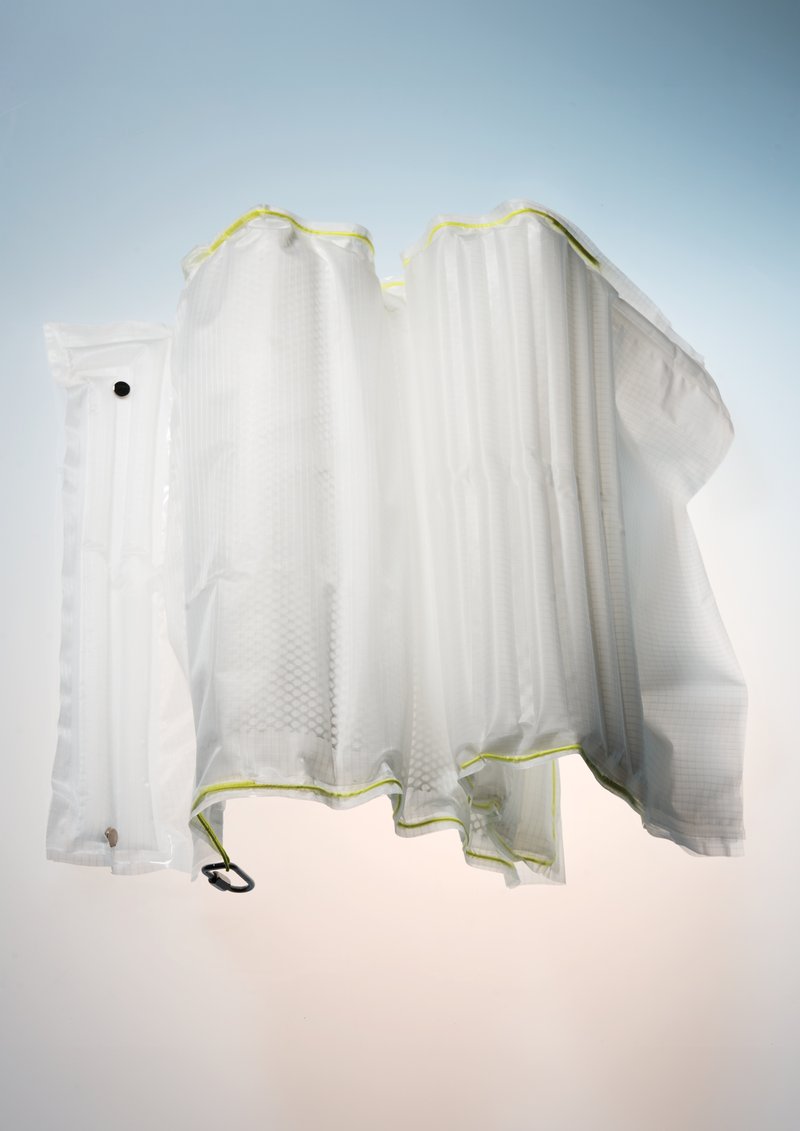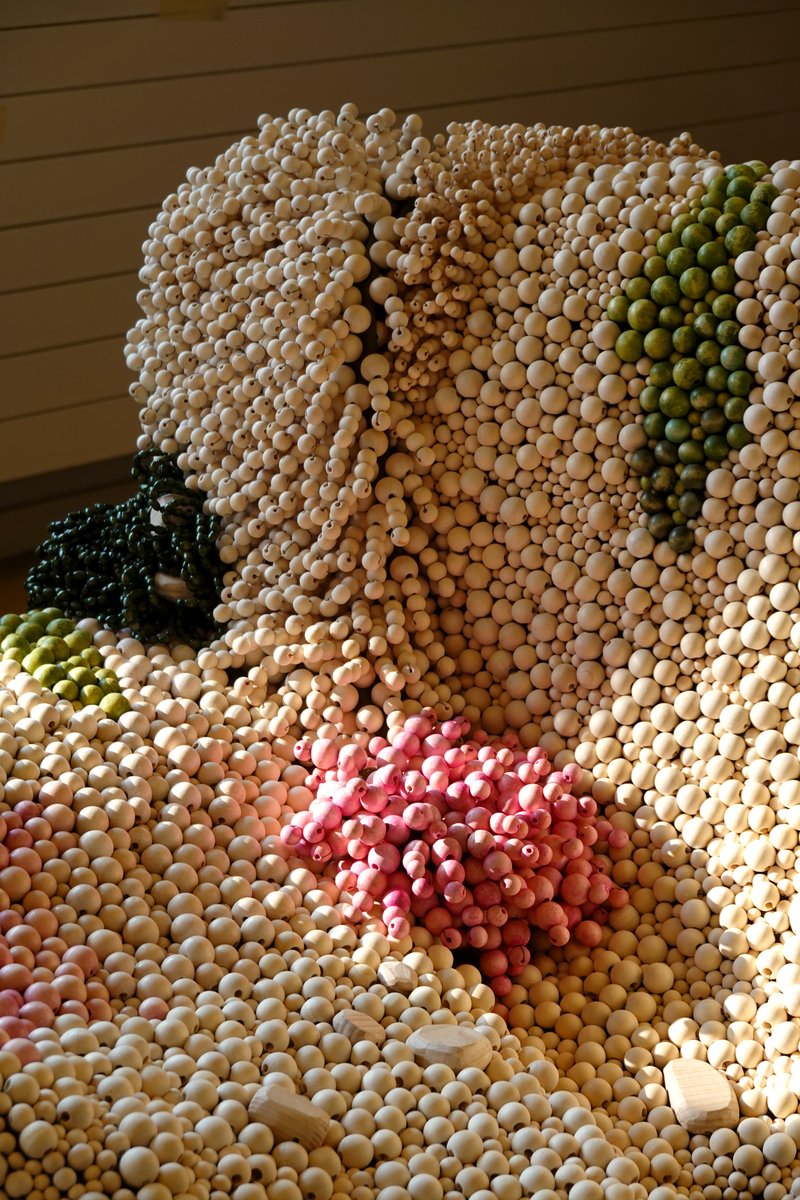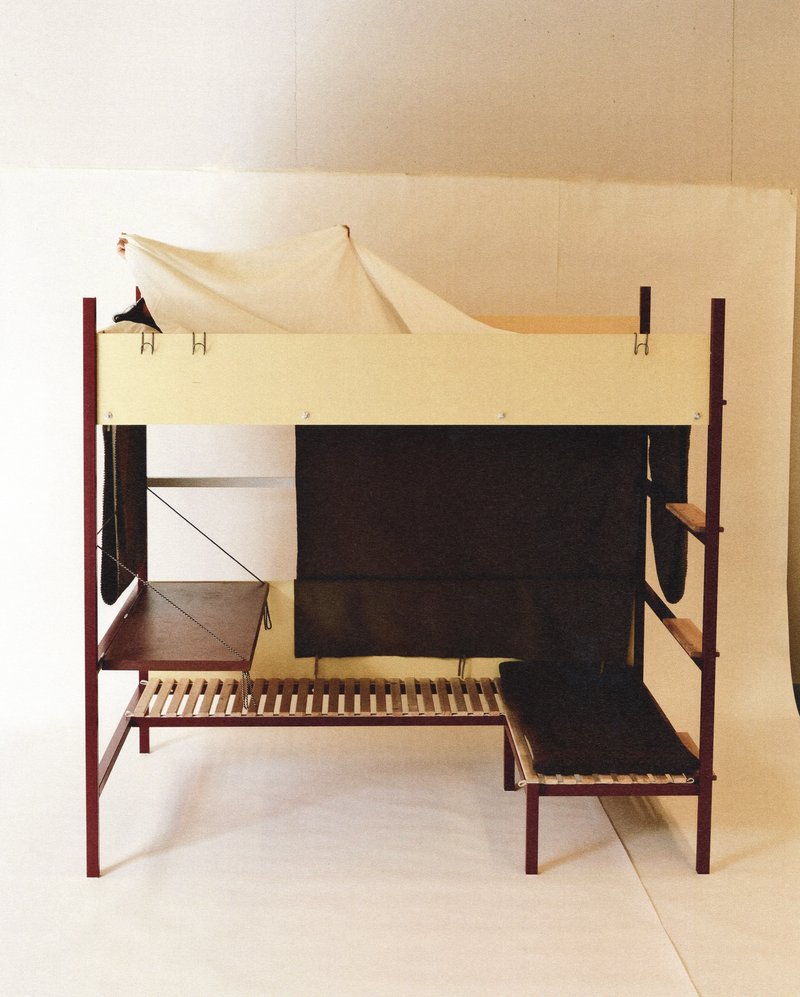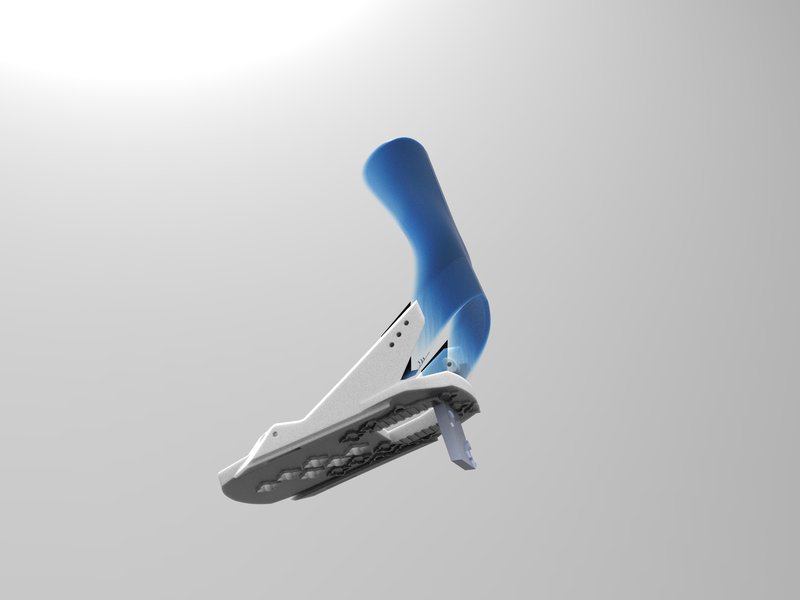Each year some fifteen whales get stranded on the coasts of Iceland. A whole local tradition is being kept alive around the bones of these gentle giants, often used in their raw state but rarely worked on by designers. In January 2013, 17 ECAL Product Design Master students went to the Iceland Academy of the Arts in Reykjavik to attend a workshop led by Icelandic designer Brynjar Sigurðarson. According to him “the idea was to collect various types of bones on the beach, but also shark skin or teeth, or even bits of plastic waste. From this starting point, the ECAL students who had come from all corners of the earth were supposed to draw on the atmosphere of this particular environment to create objects”.
From the skull of a Minke whale repainted like a car body to cutters using shark’s teeth, via ship models whose centreboard is made from whale vertebrae, masks put together using the remains of marine animals and contemporary materials, and including a geometric decorative object made of bone and placed on a pedestal, this surprisingly poetic selection is the fruit of a reflection on contrasts between the old and the new and the meeting of the primitive and the progressive.




































